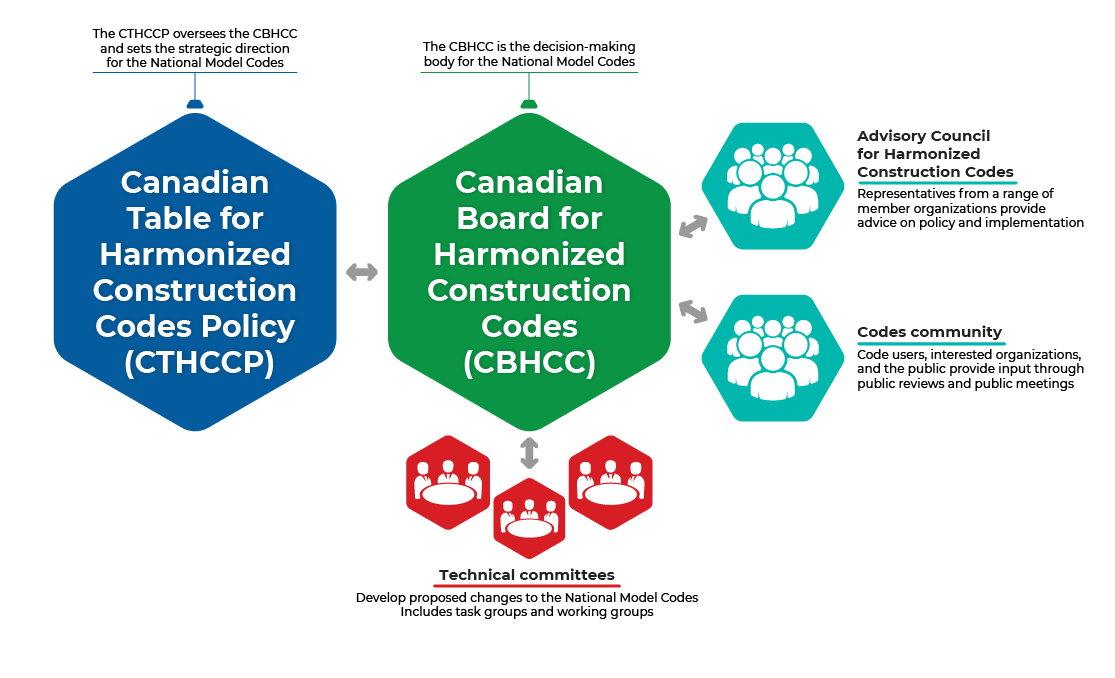jar546
CBO
The Evolution and Structure of Canadian Building Codes: A Comprehensive Overview
The development of building codes in Canada is a story of progression from a disjointed collection of local bylaws to a coordinated national system. This historical overview sheds light on the evolution of these codes, offering insights into the present-day structure that governs Canada's construction industry.The Genesis and Advancement of Building Codes
Building regulation in Canada began in the early 20th century with municipalities individually crafting building bylaws. This fragmented approach led to a range of standards across the nation. The first significant step towards standardization came with the creation of the National Building Code (NBC) in 1941 by the National Research Council (NRC). This code, inspired by similar developments in the United States, aimed to offer a unified construction standard for the entire country. Over the next two decades, provinces and municipalities began to adopt the NBC, each incorporating their specific requirements based on regional needs.
Provincial and Municipal Roles
In Canada, the regulation of buildings is predominantly a provincial responsibility, with municipal governments playing a significant role. This arrangement has led to the diverse application of building codes across provinces. British Columbia, for example, bases its Building Code on the NBC but includes province-specific variations. Ontario and Quebec developed their own building codes, reflecting unique regional requirements. Ontario's Building Code Act, established in 1974, was a move towards uniform construction standards across the province. In Quebec, the Code de Construction, effective from 2000, offers flexibility to municipalities to adopt the code with or without modifications.
Content and Focus
The primary purpose of building codes in Canada is to ensure the safety and health of building occupants. This includes aspects like fire protection, structural sufficiency, and accessibility. The NBC is detailed in various parts, each focusing on specific construction and safety areas. Recent updates to the codes have increasingly emphasized energy efficiency and environmental sustainability.
Revisions and International Relations
Canadian building codes undergo revisions approximately every five years, integrating new research, technologies, and methodologies. This process includes input from various stakeholders, ensuring that the codes stay current with industry developments. Additionally, Canadian codes have both influenced and been influenced by international standards, highlighting Canada's active role in the global construction industry.
Conclusion
The history of Canadian building codes is marked by a gradual shift from local to national regulation, reflecting the country's commitment to safe, efficient, and sustainable construction practices. While the NBC serves as a foundational model, provincial and territorial adaptations underscore the importance of regional considerations. As the construction landscape continues to evolve, Canadian building codes are expected to adapt accordingly, maintaining their relevance and effectiveness.
References for this article:
- Wikipedia - "National Building Code of Canada" section providing details on the structure and implementation of building codes in different provinces like British Columbia, Ontario, and Quebec.
- The Canadian Encyclopedia - Article titled "Building Codes and Regulations," offering insights into the provincial responsibility and the evolution of building codes in Canada.
- National Research Council Canada - Publication titled "A Brief History of the National Buildings Code of Canada," providing historical context and development of the NBC.
- National Research Council Canada - Resource on "Historical Editions of the National Construction Codes (1941-1998)," detailing the evolution of the NBC and other related codes.

